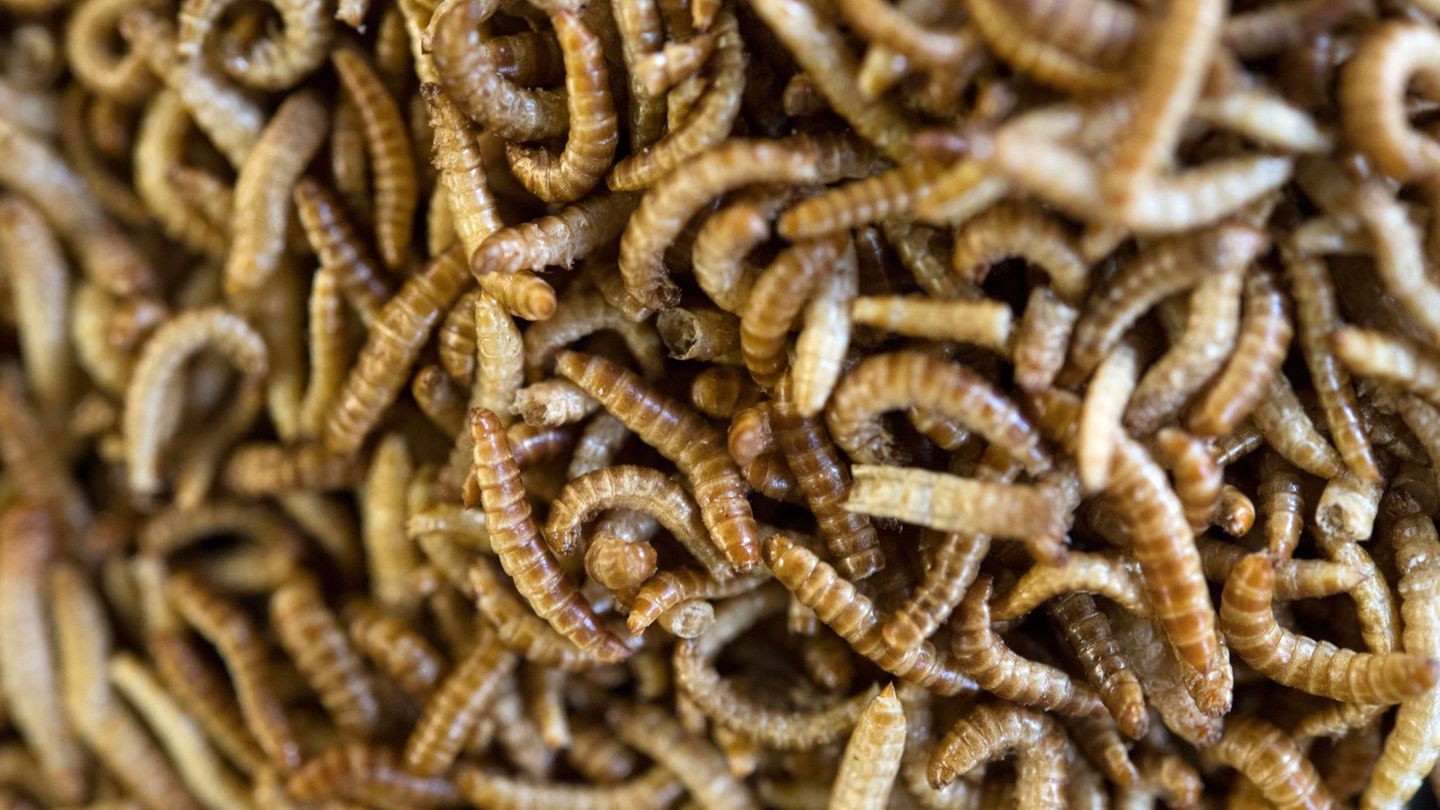Menu
Alternative ingredients: insects in food: niche or trend?
Categories
Most Read
Bahn: New boss Evelyn Palla announces major renovations
October 19, 2025
No Comments
Remuneration at stock exchange companies: “No longer a rare species”: female managers earn less
October 19, 2025
No Comments
Due to lower sales in supermarkets, mass consumption fell 4.4% in September
October 18, 2025
No Comments
Hardly any pension: These cohorts receive particularly little in retirement
October 18, 2025
No Comments
Crisis in France: S&P lowers rating: France is threatened with higher interest payments
October 18, 2025
No Comments
Latest Posts

Kim Kardashian on the red carpet: Why she completely covered her face
October 19, 2025
No Comments
Lisa HarrisI am an author and journalist who has worked in the entertainment industry for over a decade. I currently work as a news editor

Economist warns of real wage increases at the expense of competitiveness
October 19, 2025
No Comments
According to data from the European Central Bank, negotiated real wages in this country have increased by around 0.6 percent since December 2021. Carmen Treml,

Prince Andrew: celebration for Sarah Ferguson canceled
October 19, 2025
No Comments
Lisa HarrisI am an author and journalist who has worked in the entertainment industry for over a decade. I currently work as a news editor
24 Hours Worlds is a comprehensive source of instant world current affairs, offering up-to-the-minute coverage of breaking news and events from around the globe. With a team of experienced journalists and experts on hand 24/7.

